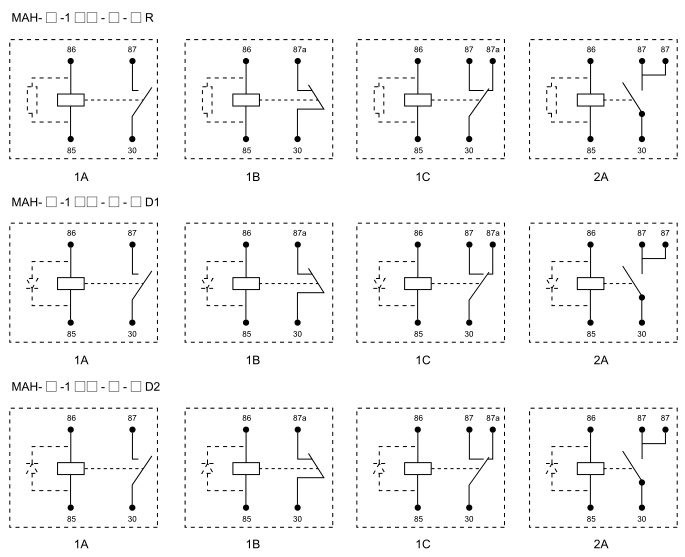Relay circuits are fundamental components in electronic design and automation, serving as switches that allow low-power signals to control high-power devices. By utilizing electromagnetic principles, relay circuits enable efficient control mechanisms in various applications, ranging from simple light switches to complex industrial machinery. This article aims to explore the basic concepts, components, operation, and applications of relay circuits.

What is a Relay? A relay is an electromechanical switch that uses an electromagnetic coil to control the opening and closing of a switch contact. When current flows through the coil, it generates a magnetic field, which acts upon a moveable armature connected to a switch. The movement of this armature toggles the switch between open and closed positions, allowing or interrupting the flow of electricity to a connected load. Relays can be classified based on their configuration, including single-pole single-throw (SPST), single-pole double-throw (SPDT), and double-pole double-throw (DPDT) designs.